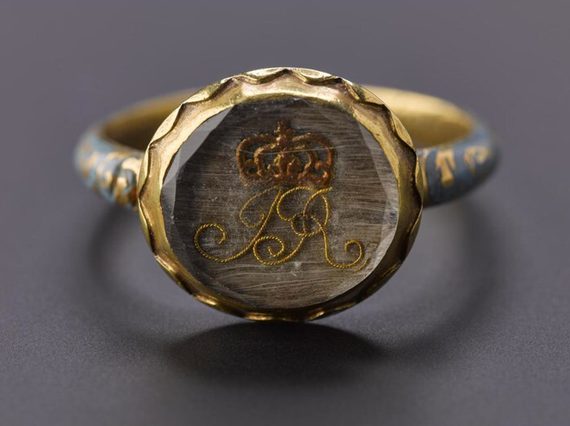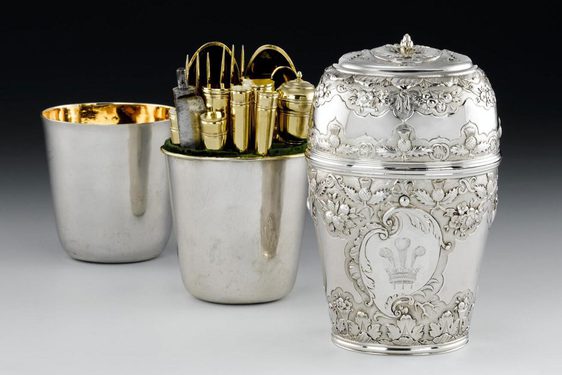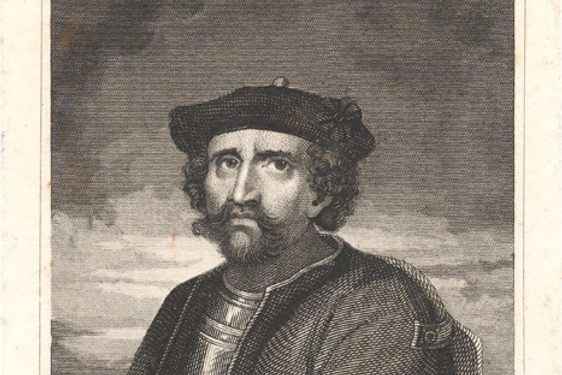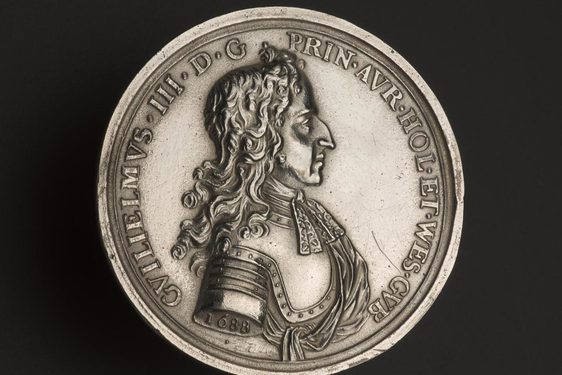
Loyal Exchange: the material and visual culture of Jacobite exile, 1716-60
Dr Georgia Vullinghs successfully defended her thesis in 2021 after 4 years as a PhD student at the University of Edinburgh and co-supervised by National Museums Scotland.
Last updated: 8 February 2022
About the research
From 1716, the exiled claimant to the British thrones, James Frances Edward Stuart, and his court lived in Italy, and after 1719 it settled permanently in Rome. Scottish collections reflect the significance of material and visual culture in articulating, promoting, and prolonging the Jacobite cause in exile.
Using the museum’s collections alongside letters and papers from the time, this project attempted to track the movement of objects and images between the exiled Stuart court and their supporters in Scotland. It brought a better understanding of how material culture was used by supporters to express loyalty to the cause, as well as what that loyalty was based on. Through the exchanges between court and supporters, a material and visual language of Jacobite sympathy emerged, which endured thereafter in the romantic popular culture of the post-1760 Jacobite ‘lost cause’. This research examined how that language was originally developed through networks of personal and symbolic exchange.
Lead image: Finger ring with crowned "JR" under crystal, given by James VII on the night he fled from London on 1688 to Sir Peter Halkett.
- Project title
Loyal Exchange: the material and visual culture of Jacobite exile, 1716-60
- Student
Dr Georgia Vullinghs
- Project active
2017 - 2021
- Funder
AHRC Scottish Cultural Heritage Consortium (SCHC) – Collaborative Doctoral Partnership
- University of Edinburgh Supervisor
Professor Viccy Coltman - History of Art
- National Museums Scotland Supervisor
Dr Stuart Allan - Scottish History & Archaeology
- Research theme
Scotland's Material Heritage
Project contact
Dr Georgia Vullinghs
Related to this project
- Discover

Bonnie Prince Charlie's silver travelling canteen
This elaborate set of travelling cutlery and two wine beakers was made by the Edinburgh goldsmith Ebenezer Oliphant in 1740-41. It may have been a 21st birthday gift for Prince Charles Edward Stuart.Who was Bonnie Prince Charlie?Prince… - Discover

Who was Rob Roy MacGregor?
Born in Glengyle in 1671, Robert McGregor would became famous as an outlaw, known as the 'Scottish Robin Hood'. McGregor's nickname ‘Rob Roy’ comes from Ruadh, which means red in Gaelic – a reference to his fiery red hair. Rob Roy the… - Discover

Exile, rebellion, and vanquishment: The Jacobite challenge
In 1689, James VII and II was deposed. There then followed over half a century of attempts to reclaim the throne of Great Britain for the Stuart dynasty: the Jacobite challenge. National Museums Scotland now cares for a variety of objects…